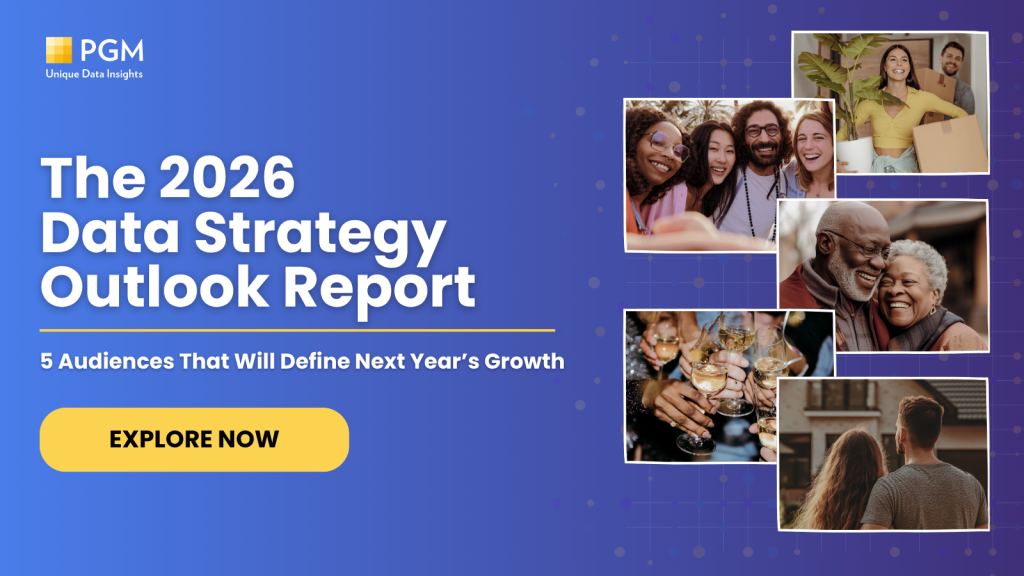Let’s be honest—there’s still a lot of guesswork in marketing. We try to read the data, understand our customers, and make smart moves, but too often it feels like we’re reacting instead of anticipating.
That’s where predictive models come in. They’re not just another “tool” in the martech stack—they help you see what’s coming next.
- Who’s most likely to buy?
- Which customers are about to churn?
- Where should you focus your time and budget?
DunnSolutions reports predictive analytics can improve campaign effectiveness by 40%.
In this post, let’s break down what predictive models actually are—and why they’re a must-have for marketers ready to stop guessing and start making confident, data-driven decisions.
What Are Predictive Models in Marketing?
At their core, predictive models are algorithms trained to forecast future outcomes based on historical data.
In marketing, that means using signals from past behaviors—clicks, purchases, email opens, site visits—to predict what a customer is likely to do next.
According to Bryj, AI-powered predictive analytics tools boost ROI by an average of 20%.
Think of it like weather forecasting, but for customer behavior:
- Who’s likely to buy in the next 7 days
- Which subscribers are about to churn
- What products someone’s most likely to add to cart next
Unlike static segmentation or rules-based triggers, predictive models are dynamic. They adapt as new data flows in, learning at scale from thousands (or millions) of behavioral signals. That means you’re not just reacting to what already happened—you’re anticipating what’s about to happen.
Done right, predictive modeling becomes the lens through which you view every customer interaction: not just as a data point, but as part of an evolving journey you can influence in real time.
Why Predictive Modeling Matters More Than Ever
Predictive modeling transforms marketing from a guessing game into a game plan. It helps you act before the opportunity (or problem) even appears.
Why it matters:
- Spot opportunities sooner: Catch buying signals while intent is high.
- Know who’s ready: Identify customers most likely to purchase, churn, or engage.
- Spend smarter: Focus budget on the people and moments that matter most.
Icreon reports that 60%+ of marketers use predictive analytics to improve targeting and personalization.
In a world where customer journeys are nonlinear, attention is fragmented, and budgets are under constant scrutiny—this level of precision isn’t optional. It’s essential.
5 Predictive Models B2C Markets Should Use
1. Customer Lifetime Value (CLV) Prediction
Forecasts how much revenue a customer will generate over their relationship with your brand.
- Uses purchase frequency, order value, and retention rates.
- Prioritizes marketing spend on customers with the highest long-term value.
Why it matters: CLV shifts focus from quick wins to long-term relationships—fueling loyalty, repeat revenue, and sustainable growth.
2. Churn Prediction
Identifies customers at high risk of leaving.
- Analyzes patterns like declining engagement, reduced purchase frequency, or negative feedback.
- Flags at-risk customers early so you can take action.
Why it matters: Retention is cheaper than acquisition. Proactively engaging churn risks protects revenue and strengthens relationships.
3. Product Recommendation / Next-Best-Offer (NBO)
Predicts what products a customer is most likely to buy next.
- Uses browsing, purchase, and “lookalike” customer patterns.
- Drives higher conversion rates and bigger average orders.
Why it matters: Smart recommendations make shopping easier, more personal, and more profitable—for the customer and the brand.
4. Propensity-to-Purchase Modeling
Scores each customer’s likelihood to buy within a specific timeframe.
- Uses engagement history, browsing behavior, demographics, and past purchases.
- Helps focus promotions on high-probability buyers.
Why it matters: Propensity modeling ensures you spend marketing dollars where they’ll generate the biggest impact.
5. Customer Segmentation via Predictive Clustering
Groups customers into segments based on predicted behaviors—not just demographics.
- Factors in purchase patterns, engagement signals, and intent data.
- Creates dynamic segments that evolve with customer behavior.
Why it matters: Predictive clustering goes beyond “age and location,” enabling messaging that resonates with how people actually act, not how they’re labeled.
Conclusion
The future of marketing isn’t just personalized, it’s predictive.
With so many brands competing for attention and customer needs shifting faster than ever, predictive modeling helps you:
- Know who’s most likely to buy
- See when they’re ready
- Deliver the right message to secure the “yes”
It’s not about removing the human side of marketing—it’s about using data to anticipate, engage, and build stronger customer relationships at scale.



